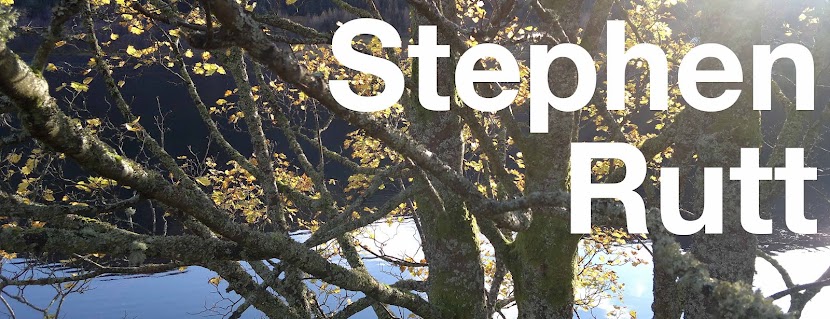I went moth trapping instead.
It’s a hard activity to explain to those whose biophilia
extends only to their own species. Most people can understand birds and
butterflies. Dragonflies cause mild surprise. Moths? Scepticism, questions,
outright concern. Not that I haven’t been sceptical in the past: I was not
particularly enamoured by the small brown things that flew in through my window
to land by my lightbulb and were repatriated after a disorientating,
mind-boggling flick through the field guide. The first time you pick up a field
guide and flick through is normally a dizzying, exciting feeling. With the moth
guide… 1000 small creatures that generally lack distinguishing features. It was
not the most promising of starts to not the most accessible branch of natural
history.
Moving to the city started it. I began to look down as well
as up. The borders between the branches of natural history dissolved: a birder
metamorphosing into amateur naturalist. I caught myself looking at plants,
scrabbling around in dirt photographing bugs and reading E.O. Wilson; which was
one of the reasons why I found myself with a variety of bright lights, egg
cartons and plastic contraptions in the passenger seat of Fiona Barclay’s car,
stationary in traffic and watching the last hour of light slipping away from
the day.
The day: as grey as the city, stuffy as usual and mild for
October. This was apparently quite promising. The destination: Perivale Woods,
a private nature reserve just by Central Line, surrounded by a fence and
bordered by a canal, a railway track and the suburbs. Dusk had descended by the
time we’d met up with David Howdon, moth expert, at the wood. In the growing
darkness I unwound extension cables and laid them as a trail through the wood
for one moth trap, lugged a car battery around as power for another and watched
as five sheets of plywood and two bits of Perspex morphed into the third moth
trap. Bright lights above containers filled with egg boxes was not our only
method: we were also sugaring for moths, which involved painting a thick and
sickly smelling solution of beer, sugar, treacle and amyl acetate on the same
oaks, in the same places, once a month.
A cup of tea later and grey dusk gave way to an orange
night, a sprinkling of weak stars and a full moon hanging just above the trees.
We headed back out with torches down the black and muddy path. Trees in the
torch beam take on a skeletal pale appearance and falling leaves appear like
excitingly large moths. Spiders’ webs just don’t appear at all until too late.
I was walking behind Fiona and David because I didn’t know the way, excitedly
peering over their shoulders when something was found. A couple of Chestnuts (a
small, dull brown moth with two dark spots) and a Red-lined Quaker (a small dull
brown moth with two dark spots) were discovered, along with some Southern Oak
Bush-crickets were found on the sugar. A tiny-winged carnivorous katydid that
made its way here apparently via the channel tunnel, this bush-cricket was the
most unusual thing we found on our dusk walk. With three torches trained on it,
I attempted to take a photo...
The morning after: 7am, the Westway was empty and the rain
torrential in places. Places such as between my house and the carpark where I
was being picked up. In daylight Perivale Wood appears even stranger. A
pristine slice of rural England hiding behind houses. I normally disapprove of
private nature reserves – nature is free and should be available for everyone –
but I’m willing to turn a blind eye here. This wood is pristine. Semi-ancient
oaks, dense undergrowth and the only litter was one can of strong lager thrown
over a fence from the canal towpath. In a city such as London it’s warming to
know that we can still give nature a place mostly free from human disturbance, and
that an old wood can remain an old wood without having a supermarket dumped on
top.
In the traps? Numerous Barred Sallows, in the attractive
pink and yellows of an autumn leaf. Several Red-green Carpets, like bewitched
and trembling lichen. Chestnuts, everywhere, like flakes of wood, and a single
Silver Y: a moth passing itself off as a well-marked piece of bark. Harvestman spiders
with legs like tripwires and a selection of mystifying flies, the likes of
which I have never seen before, and have no idea where to begin deciphering
their identification. And one more Red-lined Quaker, that sat briefly on the
fence post for a photograph, before flying off as an intense thunderstorm broke
overhead.
Mothing is eccentric. Mothing is an intellectual challenge.
Mothing is several thousand more living things that are in the process of
entering my life. Several thousand attractive, misunderstood and under
appreciated creatures. I’ll take that over quizzical looks cast by friends.





No comments:
Post a Comment